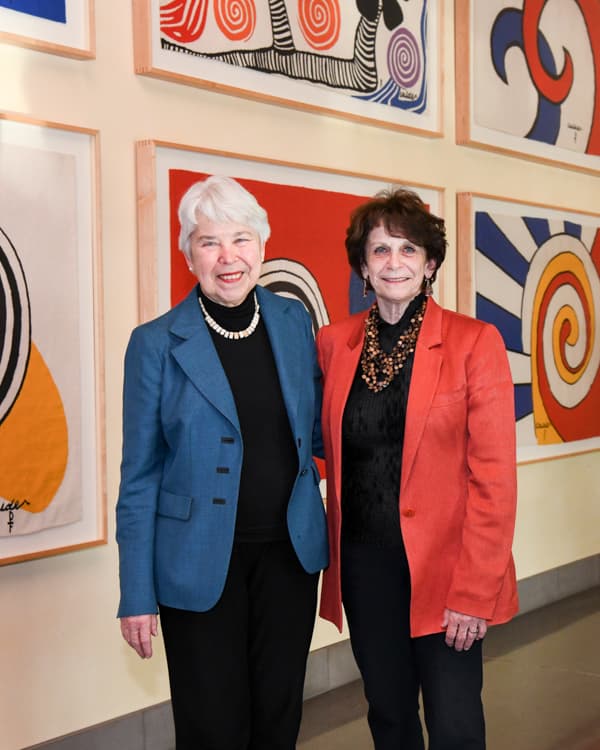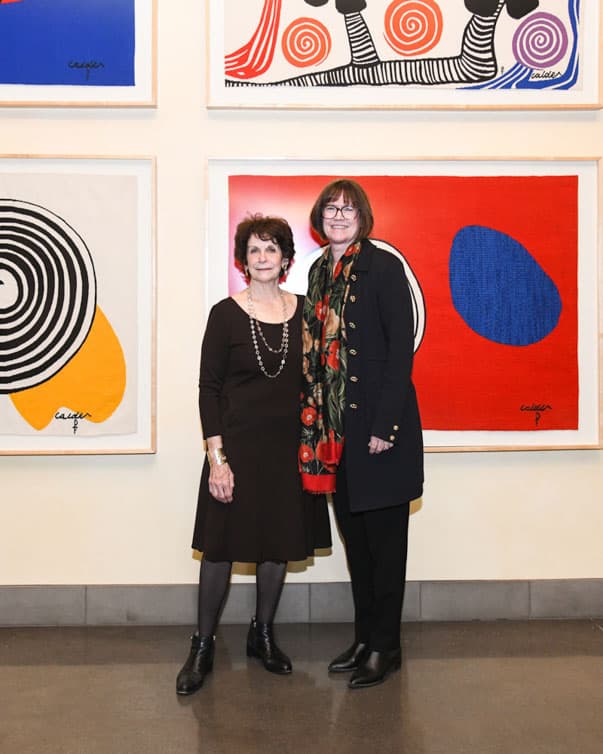Sandy Masuo
Sandy Masuo
Botanical Content Specialist
Department: Botanical Administration & Planning
Verso

Saving the World’s Loneliest Plant
Posted on Feb. 11, 2025

Mushroom Magic at The Huntington
Posted on Dec. 10, 2024

Five Great Hummingbird Plants
Posted on Nov. 12, 2024

Giant Water Lilies Afloat at The Huntington
Posted on Aug. 27, 2024

Raising Awareness about the Illegal Plant Trade
Posted on Aug. 13, 2024

A Focus on Plants: Photography’s Long Infatuation with Botany
Posted on July 16, 2024

Buzzy, Fuzzy, and Wild: Celebrating Peak Pollinator Season
Posted on June 11, 2024

Why It Matters: A Conversation with Carol T. Christ
Posted on April 30, 2024

Interactive Guide Puts Birds on the Map
Posted on April 16, 2024

The Huntington’s Foundations and Futures
Posted on March 12, 2024